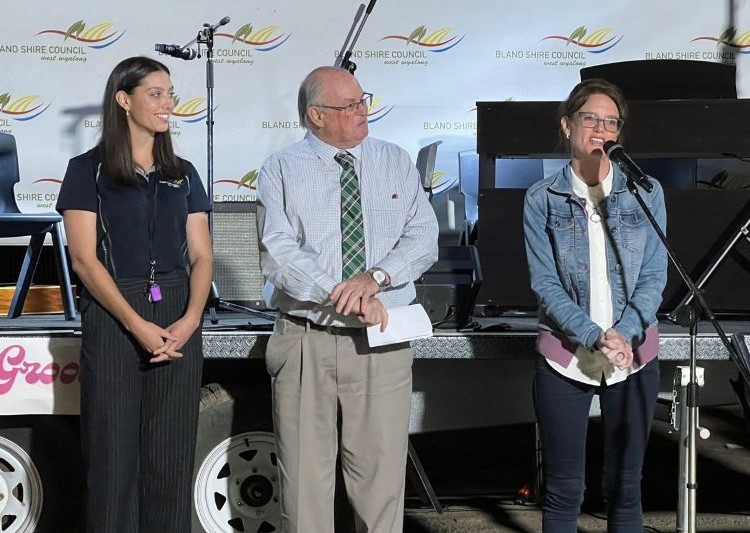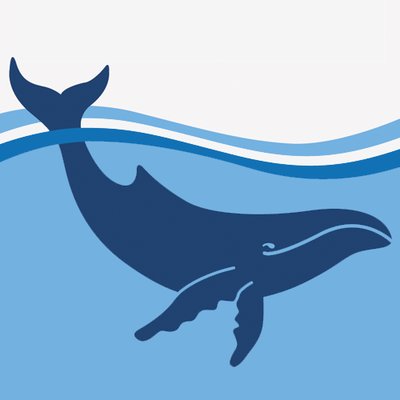Omicron is on the march. Infecting thousands and impacting the economy. A timely reminder that two years on, the pandemic is far from over.
Each wave has posed different challenges and required a different response. Case numbers are no longer the primary concern. More Australians have contracted Covid in the past month than the previous two years combined.
Highly transmissible, but 75 per cent less severe than Delta, Omicron can still hit you hard from cold sweats and headaches to hospitalisation and death.
It’s no walk in the park. I know this from my own family’s experience, like so many others. But it’s not a time for panic or overreaction. Our response must be proportionate to the risk and focused on producing the best possible health and economic outcomes.
We entered this phase in a strong position with more than 92 per cent of those aged over 16, and 99 per cent over 70, double-vaccinated. Now, close to 300,000 vaccinations have been administered to 5-11-year-olds in just a matter of days.
There are more than 24 million mRNA boosters in stock, and more than 4.3 million have been administered. Our hospital system, while stretched, has had time to plan, putting in place a surge capacity to manage numbers, which see about 390 people in ICU and 130 on ventilators.
Vaccination remains a critical defence against the virus, with more than 50 per cent of the patients in ICU in NSW drawn from just 5 per cent of the NSW population who are unvaccinated.
While some medical experts have suggested that over the coming weeks daily infections might peak, this is unlikely to represent an immediate end to the economic disruption. A significant number of workers will need to continue to isolate.
Treasury analysis indicates 1.3 million workers, or 10 per cent of the workforce, could be absent over a seven-day period as we peak. In this scenario, just over half of those workers would have tested positive while the rest would be close contacts. This could increase by 740,000, or 5 per cent, if schools and childcare centres close. Such a high level of absenteeism is already putting enormous pressure on supply chains. Supermarket distribution centres are seeing a third or more of their staff absent, with similar numbers in abattoirs and trucking companies.
In response, governments, federal and state, are taking a number of actions. First, we are adjusting the isolation rules with respect to essential workers. Asymptomatic close contacts in the food supply chain are able to return to work immediately, with the list of essential workers being expanded by national cabinet to cover transport, freight, logistics, energy, resources, water and other areas.
It’s important to note that where people are sick and need to isolate, federal government economic support continues in the form of the pandemic leave payment of up to $750 a week.
Second, national cabinet will meet this week to finalise plans to keep schools open, including rules around mask wearing and rapid tests. The importance of this was powerfully put in an open letter by 35 of Australia’s top doctors, academics and community leaders, who wrote that face-to-face learning is “one of the highest policy priorities” and needs to be resumed to “limit the long-term adverse impact of the pandemic”.
Third, we are working through options to increase the available workforce, having just announced those on student visas are no longer limited to 20 hours of work per week.
Fourth, we are rolling out the vaccines for kids, and booster shots more broadly, in order to build resilience and enable the community to live as safely as possible with Covid-19.
Fifth, governments, federal and state, as well as the private sector, are working to secure more rapid antigen tests, with more than 200 million on order.
Commonwealth and state governments are partnered on a 50-50 basis to provide more than six million concession card holders with up to 10 tests over the quarter, and those who are symptomatic or close contacts can get a free RAT or PCR at a state clinic.
There is little doubt the rapid spread of Omicron is changing people’s behaviour and impacting confidence. After a very strong rebound in retail trade pre Christmas, spending has slowed in January. Many Australians have altered holiday plans, with airlines reporting high numbers of cancellations. But we have been here before and seen how resilient the economy is. Unemployment, at 4.6 per cent, is at about a 13-year low and job ads, even after coming back in recent weeks, remain more than 30 per cent higher than at the same time last year.
Monetary policy remains accommodative with interest rates low. Household and business balance sheets have accumulated $370bn that was not there at the start of the pandemic.
Just on two years ago, our nation was battling devastating bushfires and ongoing drought, and then Covid hit. There was no rule book and no certainty as to what lay ahead. But we came together, made plans and adapted as best we could. It wasn’t perfect, but it sees Australia very well placed compared with the rest of the world. Despite the challenges we face with Omicron, we have every reason to be optimistic about the future.
Published in The Australian








